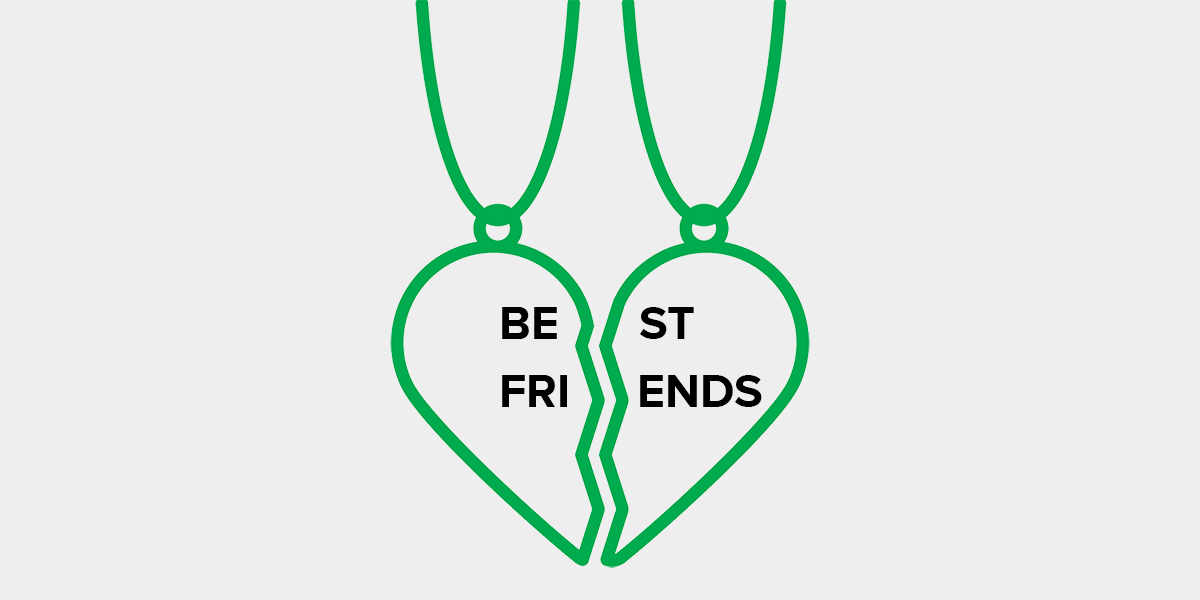Over the years, I’ve talked a lot about customer loyalty — the type of behavior that results from great customer experiences and drives additional revenue through repeat purchases and word of mouth. What I haven’t talked about so much are loyalty programs — initiatives that are specifically created to encourage repeat business.
Loyalty programs and customer experience initiatives have the same common objective: to encourage customer behaviors that benefit the business. And yet, the two types of initiatives take very different approaches to that end. Customer experience teams seek to drive loyalty by making the company useful, easy, and enjoyable to do business with: “Be loyal to us because you love us.” In contrast, loyalty programs seek to drive loyalty through a system of perks and rewards: “Be loyal to us because you’ll get something in return.”
It’s very possible that a company with a compelling loyalty program can get away with having a subpar customer experience, and yet still have what appear to be loyal customers. Here’s an example: As a customer experience advocate, I like to give my money to companies that make customer experience a priority. But I’ve never flown Virgin, and I only fly Southwest and JetBlue when I can’t get a reasonable United Airlines flight. My yearly 100,000+ United miles get me early boarding, better seats, fast phone customer service, and occasional upgrades. And I recently passed the milestone of flying one million miles on United and its partner airlines. My newly minted million-miler status has netted me lifetime “gold status” — the same status given to passengers who fly 50,000 miles per year — no matter how much (or how little) I fly in the future.
Yet I don’t feel particularly loyal to United. In fact, I’ve felt downright trapped by that million-mile cliff for many years. And now that I’ve reached it, I feel a sense of freedom. I’m actually more likely to book a flight on another airline than I was just a few weeks ago. And there’s the rub. A customer loyalty program can only produce its desired effect — true and lasting customer loyalty — if it’s paired with a customer experience that engenders positive feelings towards the company. And so the two types of initiatives are intricately intertwined.
There’s one other important connection between customer experience and loyalty programs. The customer experience includes every single interaction between a company and its customers — and that includes all of the touchpoints related to loyalty programs, from simple sandwich punch cards to complex point redemption websites. No matter what kind of loyalty program you’ve got, those touchpoints and the encompassing customer journey must be proactively designed to meet and, ideally, exceed customers’ expectations.
In my upcoming posts, I’ll be digging deeper into different types loyalty programs, the customer behaviors that they produce, and the customer experience factors that marketers must consider when implementing them.




